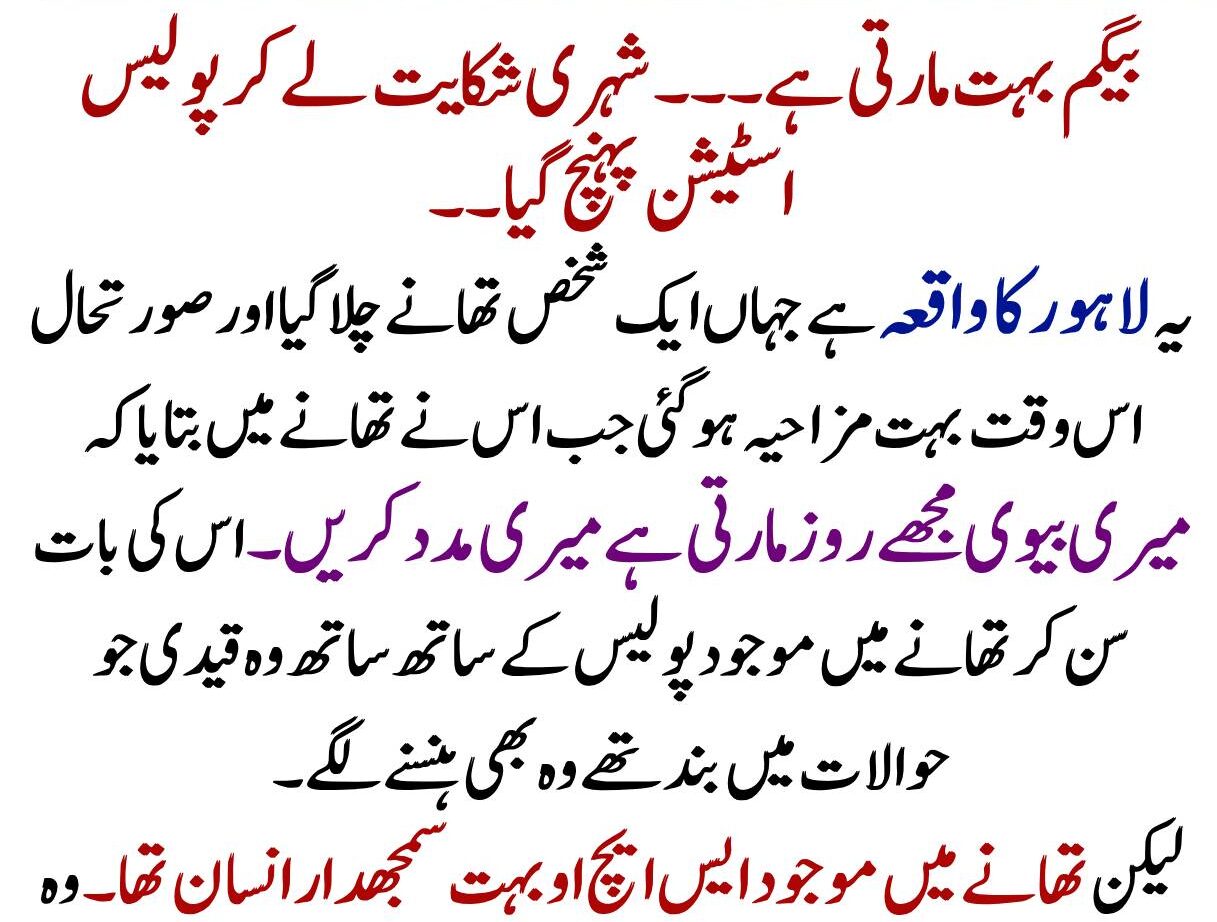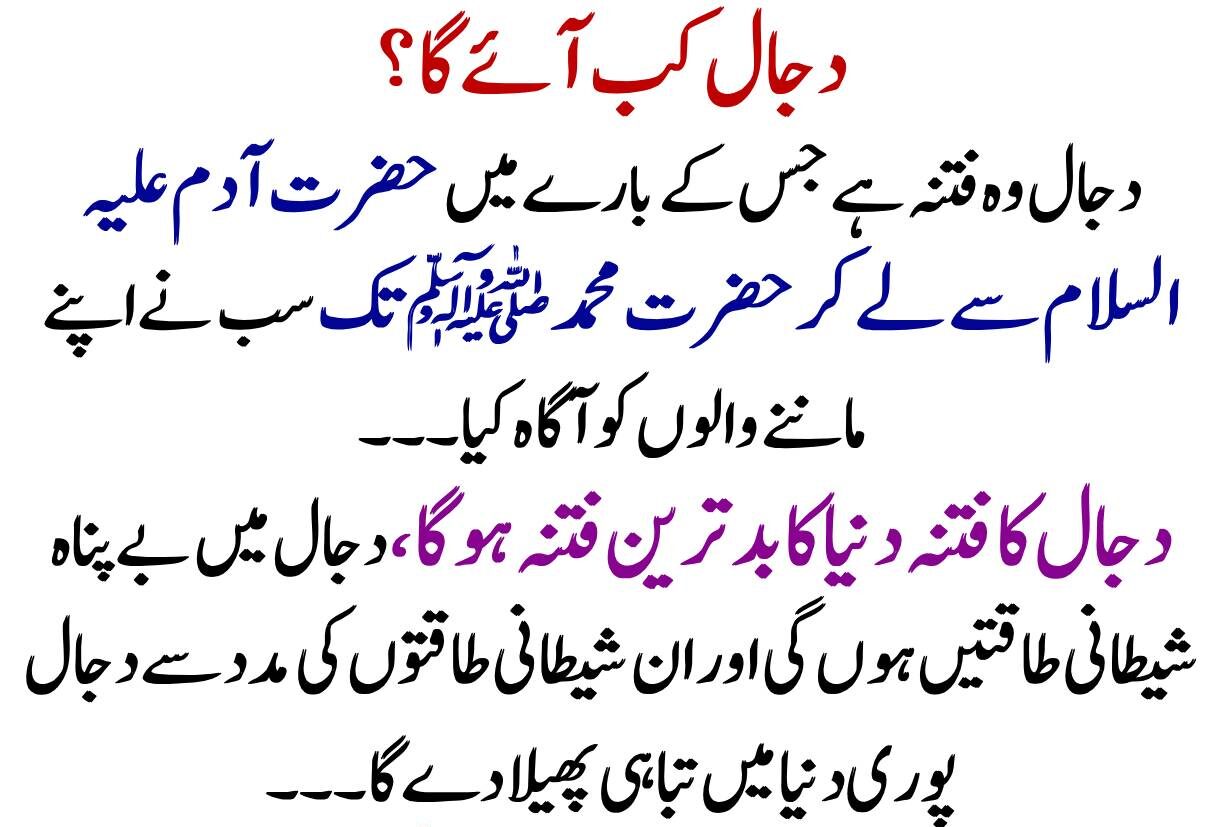Acne scars can be a persistent and frustrating problem for many people. Even after active acne has cleared, scars may linger, affecting confidence and the skin’s texture. Laser treatments have become one of the most popular and effective methods for reducing the appearance of acne scars. However, like any treatment, laser therapy comes with its advantages and potential drawbacks.
In this guide, we’ll explore the different types of laser treatments available for acne scars, their benefits, and the cons to consider before deciding if laser therapy is the right option for you.
Types of Laser Treatments for Acne Scars
Laser treatments use focused light therapy to either remove layers of damaged skin or stimulate new skin growth. There are several types of lasers used for acne scars, each with different mechanisms of action:
1. Ablative Lasers
Ablative lasers work by removing the outer layers of the skin, allowing new, smoother skin to regenerate. This process helps to reduce the depth and visibility of scars.
- Common Types:
- CO2 Laser: Highly effective for deeper, more severe scars.
- Erbium Laser: Typically used for moderate scarring and has a shorter recovery time than CO2.
2. Non-Ablative Lasers
Non-ablative lasers do not remove the skin’s outer layer. Instead, they heat the skin beneath the surface to stimulate collagen production, which helps to improve the appearance of scars over time.
- Common Types:
- Fraxel Laser: One of the most popular non-ablative lasers, known for treating surface-level scarring and promoting collagen production.
3. Fractional Lasers
Fractional lasers can be either ablative or non-ablative. They work by creating micro-injuries to the skin, triggering the body’s natural healing process. This stimulates collagen production and replaces damaged skin with healthier tissue.
- Common Types:
- Fractional CO2 Laser: Treats deep scars by using fractional light energy to penetrate the skin.
- Fractional Erbium Laser: Used for less severe scars, it offers faster healing with minimal downtime.
4. Pulsed-Dye Lasers (PDL)
This type of laser targets the blood vessels beneath the scar tissue, which can help reduce redness and discoloration associated with acne scars. PDL treatments are often combined with other laser types for optimal results.
Pros of Laser Treatments for Acne Scars
1. Effective for Various Types of Scars
Laser treatments can significantly improve the appearance of both atrophic (depressed) scars, such as boxcar, rolling, and ice-pick scars, as well as hypertrophic (raised) scars. Depending on the severity of your scars, different types of laser treatments can be customized to address your specific concerns.
2. Stimulates Collagen Production
One of the key benefits of laser therapy is its ability to boost collagen production. Collagen is a protein that helps maintain the skin’s structure, and its increased production leads to smoother, firmer skin and a reduction in scar depth.
3. Minimally Invasive
Unlike surgical procedures or deep chemical peels, laser treatments are minimally invasive. There is no cutting or stitching involved, and most treatments are performed as outpatient procedures.
4. Long-Lasting Results
Laser treatments offer long-lasting results. Although you may need multiple sessions depending on the severity of the scars, once the treatment course is completed, the improvements in skin texture and tone can last for years.
5. Customizable and Versatile
Laser treatments can be tailored to each person’s skin type, scar severity, and goals. This makes them a versatile solution for different kinds of acne scars, including mild to severe cases. Additionally, laser therapy can address issues beyond acne scars, such as sun damage, uneven skin tone, and fine lines.
6. Improves Skin Texture
Aside from treating scars, laser treatments also improve the overall texture and quality of the skin. They can help minimize large pores, reduce rough patches, and give the skin a more even tone and smoother appearance.
Cons of Laser Treatments for Acne Scars
1. Cost
Laser treatments can be expensive, especially since multiple sessions may be required to achieve the desired results. The price varies depending on the type of laser, the extent of the scarring, and the number of sessions, but it typically ranges between $300 to $3,000 per session.
2. Multiple Sessions Required
Most people will not see full results after just one treatment. It can take several sessions (usually 3 to 6) over a few months to see significant improvement, especially for deep or severe scarring. This means that both time and financial commitment are necessary for optimal results.
3. Downtime and Recovery
While some lasers, such as non-ablative lasers, require minimal downtime, ablative lasers (like CO2 and erbium lasers) may involve a longer recovery period. After treatment, patients may experience redness, swelling, and peeling for several days to weeks. For those with busy schedules, this downtime could be a major inconvenience.
4. Possible Side Effects
Although laser treatments are generally safe, there are risks involved. Potential side effects include:
- Redness and Swelling: These are common immediately after the procedure and can last a few days.
- Hyperpigmentation or Hypopigmentation: Some individuals, particularly those with darker skin tones, may experience changes in skin color, including darkening or lightening of the treated area.
- Scarring: In rare cases, improper use of lasers can lead to further scarring, particularly if the skin reacts poorly to the treatment or if post-treatment care isn’t followed properly.
- Infection: If aftercare instructions aren’t followed, there’s a small risk of infection in the treated area.
5. Not Suitable for Everyone
Laser treatments may not be suitable for people with certain skin types or conditions. Those with very dark skin tones may be more prone to complications like hyperpigmentation. Additionally, individuals with active acne, rosacea, or other skin conditions should avoid laser treatments until their skin is stable.
6. Results Can Vary
While laser treatments can deliver dramatic improvements for some people, the results may vary based on factors such as skin type, scar severity, and how well the skin responds to the treatment. Not everyone achieves the same level of success, and complete removal of acne scars may not always be possible.
7. Maintenance Required
Although laser treatments offer long-lasting results, they are not permanent. The skin continues to age, and new scars or skin issues can develop over time. To maintain results, follow-up treatments may be necessary.
Pros and Cons Summary
| Pros | Cons |
|---|---|
| Effective for Various Scar Types | High Cost |
| Boosts Collagen Production | Multiple Sessions Required |
| Minimally Invasive | Downtime and Recovery for Some Lasers |
| Long-Lasting Results | Possible Side Effects (Hyperpigmentation, etc.) |
| Customizable and Versatile | Not Suitable for Everyone |
| Improves Overall Skin Texture | Results Can Vary |
| Maintenance Required |
Is Laser Treatment Right for You?
Laser treatments for acne scars offer promising results for many people, particularly those with moderate to severe scarring. However, the decision to undergo laser therapy should be made after considering both the benefits and the risks. It’s important to consult with a board-certified dermatologist or plastic surgeon who can evaluate your skin type, scar severity, and goals to recommend the most suitable treatment plan.
If you’re looking for a long-term solution for acne scars, laser treatments can provide impressive results, especially when combined with a good skincare routine and healthy lifestyle habits.




